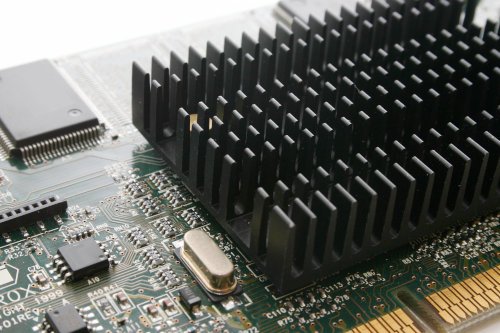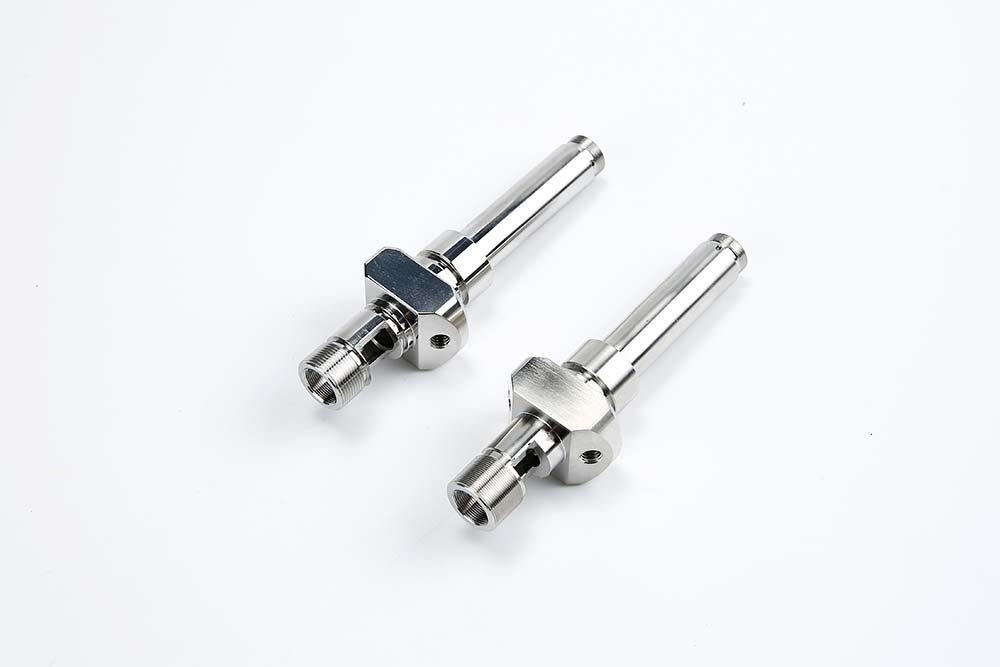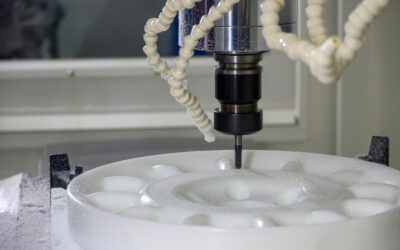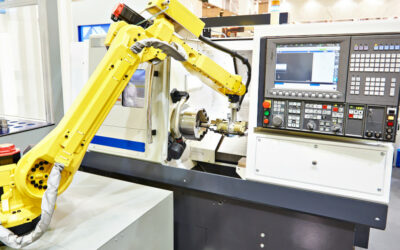The electronics industry is one of the largest industrial sectors in the global economy. It encompasses a wide range of products, from large consumer electronics to miniaturized electronic components.
Different manufacturing methods are used to fabricate these components, but none has as much impact on the electronics industry as CNC machining. Even Apple had to ditch other manufacturing methods and rely on CNC machining for MacBook’s unibody enclosure.
This article looks at 5 ways CNC machining technology is used in the electronics industry and how it is helping businesses overcome the challenges associated with electronic parts machining.
1. Casings and Enclosures
Casings and enclosures are a staple in most electronic products. Not only do they keep electronic components in place, but they also protect fragile components from external hazards like liquid and dust, as well as bumps.
Although die casting is a widely used process for fabricating these enclosures, CNC machining is fast becoming a more reliable and preferred method. They can produce more complex geometries, achieve tighter tolerances, and offer higher strength compared to die casting and injection molding.
Apple relies heavily on CNC machining processes to fabricate the iPhone, iPad, and unibody shell of the MacBook. MacBook casings are carved out from an extruded block of aluminum using CNC machines. The keyboard holes and “thumbscoop” (the sleek recession that allows you to open the display lid) are also created using CNC milling machines.
2. Printed Circuit Boards (PCBs)
Printed Circuit Boards (PCBs) are essential components in all electronic devices; they electrically connect electronic components using conductive pathways made of copper and laminated onto a non-conductive base material.
The conductive pathways on most PCBs are made using a process of chemical etching. Here, the PCB designer covers the desired pathways before submerging the board in ferric chloride solution. This solution removes the uncovered areas of copper, leaving behind the desired circuit layout.
However, chemical etching has its drawbacks; prolonged exposures to ferric chloride causes skin and eye irritation, increases iron-buildup in the body, and may damage the liver. It also requires extensive waste disposal procedures.
CNC machining eliminates these challenges and is used as an alternative to etching. The desired copper network channels are designed using CAD/CAM software and created using a high-precision CNC milling machine.
3. Heat Sinks

All electronic devices and circuitry feature components that generate heat during operation. The overall performance of these devices largely depends on the thermal management systems put in place by the manufacturers. Heat sinks serve the purpose of transferring the heat from the components to a liquid coolant or air.
CNC machining technology is the most popular method of machining heat sinks. Using the CNC milling machine, a machinist can easily fabricate heat sinks with complex geometries out of metal blocks.
CNC machining technology offers faster turnaround, more material or metal options, and tighter tolerances than injection molding. What’s more? CNC machined heat sinks have higher thermal conductivity than bonded heat sinks.
4. Sockets and Connectors

Electronic devices are designed to communicate with other devices, and this is achieved through the use of sockets and connectors. A socket is an opening that fits another device with matching pins or connectors, thereby allowing the transmission of electrical, electromagnetic, or optical signals.
Sockets and connectors come in different shapes, sizes, functionalities and require very tight tolerances during manufacture. A slight error during fabrication means the connection between devices will fail.
CNC plays a big role in the manufacture of these components, primarily because it allows product designers to fabricate complex geometries while ensuring a fast turnaround. Additionally, with CNC machining, tooling costs are minimal, and prototypes can be easily modified using CAD/CAM software.
5. Semiconductors
Semiconductors make today’s technological marvels in the electronics industry possible. They can perform the function of vacuum tubes having hundreds of times their size, yet an increasingly competitive semiconductor market demands smaller, more precise package designs.
CNC machining is critical to producing semiconductor components, primarily because of its accuracy and ability to process a wide range of materials. Semiconductors can be composed of one element, such as silicon or germanium, or doped with other elements. An experienced CNC machinist will have no problem handling any of these materials.
Even with the popularity of CNC machining technology in the electronics industry, only a few companies have experienced machinists and state-of-the-art CNC machines to create intricate electronic parts.
Gensun Precision Machining is a leading precision CNC machining company located in China. We specialize in precision CNC machining and offer high-quality CNC machining services to electronic companies worldwide.
Request a quote today to get your project started.



